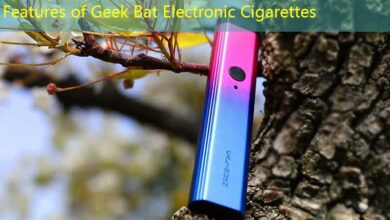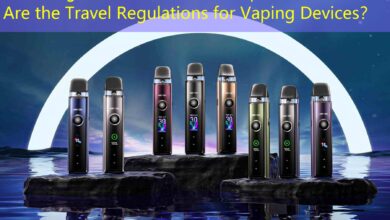THC Cartridge Safety: What to Look For
THC Cartridge Safety: What to Look For
In recent years, THC cartridges have gained immense popularity among cannabis consumers for their convenience, potency, and discretion. However, as the market continues to expand, so too do concerns regarding safety and product quality. This article aims to provide a thorough overview of THC cartridge safety, covering essential factors such as product specifications, design, optimal flavors, duration of use, battery life, performance, usage methods, pros and cons, and target demographics.
Product Introduction and Specifications

THC cartridges, typically used in vaporizer pens, come pre-filled with cannabis oil that contains tetrahydrocannabinol (THC), the psychoactive compound found in cannabis. These cartridges are designed for easy attachment to a compatible battery. Common specifications for THC cartridges include a standard 510-thread connection, a volume ranging from 0.5ml to 1.0ml, and various strain-specific blends that offer unique flavor profiles and effects.
Appearance and Feel
The physical design of THC cartridges varies significantly; however, high-quality products typically feature a sleek, discreet aesthetic. Premium cartridges are often constructed from durable, heat-resistant materials such as glass or stainless steel. In contrast, lower-quality options may utilize plastic components that can adversely affect the taste and safety of the product. Consumers should weigh design, durability, and ergonomics when selecting a THC cartridge.
Best Flavors
One of the most appealing aspects of THC cartridges is the variety of flavors available. Many companies offer an array of options, including classic cannabis strains like Sour Diesel and OG Kush, alongside inventive blends that incorporate fruits, desserts, and other flavors. When choosing a cartridge, consumers should consider personal preferences and opt for reputable brands that provide third-party lab testing results to ensure the absence of harmful additives and contaminants.
Duration and Battery Life
On average, a THC cartridge can last anywhere from several days to weeks, depending on usage frequency and personal consumption levels. Factors that influence duration include cartridge volume, the potency of the oil, and the method of inhalation. Battery life is also a vital consideration; most vape pens have a battery life ranging from 300mAh to 900mAh, allowing for multiple sessions before requiring a recharge. A high-quality battery will not only enhance the performance and longevity of a cartridge but also ensure a consistent vaping experience.
Performance and Usage Methods
The performance of a THC cartridge largely depends on the quality of the oil and the battery used. Ideal cartridges should produce smooth vapor, deliver consistent potency, and avoid clogging issues. The most common method of use involves simply attaching the cartridge to a compatible battery and inhaling. Some advanced users may prefer temperature control options to customize their experience further. Additionally, it is advisable to start with low doses, especially for novice users, to gauge individual tolerance levels.
Advantages and Disadvantages
THC cartridges come with a set of benefits and drawbacks.
Advantages:
1. Discreet and Portable: Easy to carry without drawing attention.
2. Convenient Usage: No complex preparation or cleanup required.
3. Variety of Flavors: Offers diverse experiences based on personal preferences.
4. Controlled Dosing: Allows for precise control over intake.
Disadvantages:
1. Quality Variability: Not all cartridges are created equal, with some containing harmful additives.
2. Battery Dependency: Requires an external battery, which needs charging.
3. Health Concerns: Inhaling vapor may introduce concerns similar to traditional smoking methods.
4. Initial Cost: Higher upfront costs compared to traditional smoking methods.
Target User Demographic Analysis
THC cartridges cater to a diverse demographic that includes both recreational and medical users. Recreational users often seek out various flavors and strains to enhance social experiences, while medical users tend to look for specific cannabinoids to address health concerns like chronic pain, anxiety, or insomnia. Additionally, younger adults, particularly those aged 21 to 35, make up a significant portion of cartridge consumers, driven by the preference for discreet and low-odor options.
In conclusion, while THC cartridges offer convenience and a range of flavors, consumers must prioritize safety and quality. Understanding the specifications, appearance, flavors, battery life, and overall performance can significantly enhance the vaping experience. As the market evolves, staying informed and cautious will ensure that users make well-informed decisions regarding their cannabis consumption.




